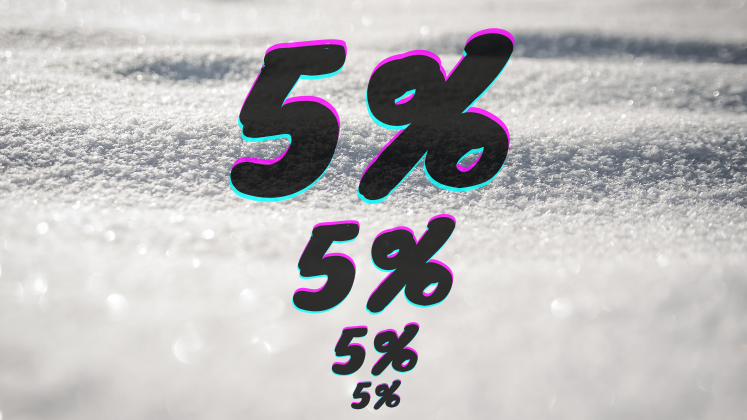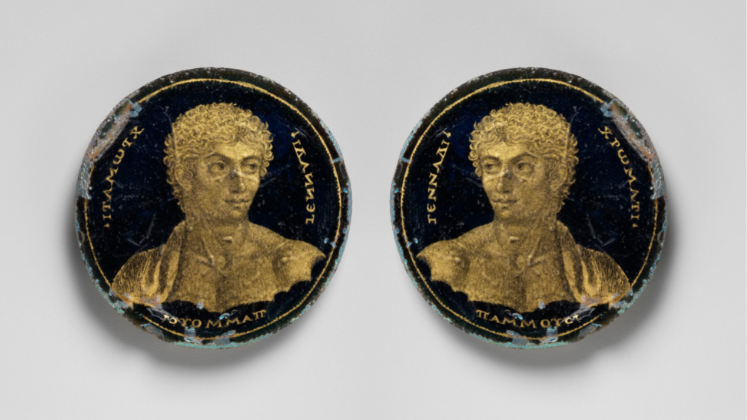Interest in and recognition for communicating academic research in creative ways that reach different audiences is growing. Deborah Lupton reflects on how adopting the role of curator enabled her to bring together different skills, people and ideas to make research accessible in way that appeals across the senses.
Currently showing in an exhibition space in the main library building on my university campus is the first exhibition I have ever curated or been involved in. The past year or so putting this show together has been a steep learning curve in thinking about how research can be communicated in a variety of ways beyond the standard academic outputs of the journal article and conference presentation.
The result was the More-than-Human Wellbeing exhibition. It was made with the aim of offering learning opportunities for the public across age groups and as a form of community research translation. We wanted to communicate our most current research findings to members of the public in ways that would stimulate their interest and engagement in accessible and creative ways. We drew on images and ideas from medical history, concepts from more-than-human theory and findings from our own social research to engage audiences in different and multisensory ways. 
Fig.1: ‘Hand of Signs’ by Vaughan Wozniak-O’Connor and Deborah Lupton
The exhibition had two key messages: First, that people learn about their bodies and their health with and through their engagements and experiences with both digital and non-digital sources of information. In the present day, digital devices and apps have been privileged for monitoring and measuring human bodies and health states. We wanted to reach back to the pre-digital era, showing the importance of humans’ experiences with the natural world as part of learning about and understanding their health and wellbeing.
Second, in an era of environmental devastation, loss of biodiversity, extreme weather events, and climate change, we wanted to show that humans should recognise how closely their health and wellbeing are intertwined with the ecologies of which they are part. Many of our artworks use images and materials from the natural world to demonstrate the connections of humans with other animals, plants and fungi.
Medium and Message
In line with these objectives, More-than-Human Wellbeing was designed to appeal to as many senses as possible to ignite visitors’ senses and emotions. The short film offered human voices expressing responses in one of our research projects, layered with sounds as well as images from nature. Visitors were invited to touch the artworks, feeling their textures.
Four hands-on activities encouraged people to use their senses of smell, touch and sight to consider their relationships with ecologies. One example is a set of four ‘feely’ boxes, each labelled with one of the four elements (earth, fire, water and air). People are invited to reach their hands in and touch the hidden objects that lie within, and to consider how these sensations make them ‘feel’.

Fig.2: ‘Essential Elements Feely Boxes’, part of the ‘Sensory Experiments’
Written feedback from visitors to the show suggested that it inspired them to ‘think otherwise’. One person wrote: ‘I found the history of modelling human health very interesting. I reflected on how I visualise my own health and how that connects with nature’. Another commented: ‘I enjoyed interacting with the art. It provoked and intensified my senses. I thoroughly enjoyed this exhibition, as the art was beautiful. I liked the use of senses in the exhibition, for example, the feely boxes and smells’. A third visitor responded poetically in expressing their responses:
“Emotions are rising to the surface.
I have a lump in my throat.
I won’t let myself cry here.
I want to be in nature
I want to ‘earthed’
I want to be ‘watered’— to swim freely. To walk slowly. To stop feeling rushed/worried.
I need a dose of nature.
I need a treatment plan.”
This approach was also intended to make the exhibition as accessible as possible. We provided an audio-commentary of the show for visually-impaired visitors and subtitled the film for Deaf and hearing-paired people. For those who cannot view the exhibition in person, several resources from the show are available on our exhibition website. The website contains information about and images of the artworks in the exhibition. There is a link to view the short film we made that is screened in the show, access to downloadable copies of the exhibition reader that provides the conceptual and research background, and downloadable copies of the two zines that are on show and a catalogue booklet showing the artworks in greater detail. We will add further resources as they are completed, including a video providing a tour of the exhibition and a set of curriculum resources for senior school students studying aligned subjects.
A collaborative project
As a rookie curator, I was fortunate to have a great team to work with and to be able to use their expertise in art, design and curation to smooth the way. Most sociologists do not have experience in artmaking or exhibition curation, so ensuring that team members had this expertise was essential to the success of the show.

Fig.3: ‘Silken Anatomies’ by Megan Rose
Putting this exhibition together has been a long-term plan as part of research activities of the Australian Research Centre of Excellence for Automated Decision-Making and Society. Exhibitions are a major component of the People Program of this Centre and the Health Focus Area, which I lead. One of our key objectives is to enhance public understanding of novel and emerging digital technologies and inform public debate. It was recognised from the start that exhibitions can offer a creative and inspiring mode of achieving these objectives by using multisensory and three-dimensional objects, as opposed to just written materials.
Subsequently, one of the postdoctoral research fellow positions for my team was earmarked as a role for someone who was trained in art, design and curation. Dr Vaughan Wozniak-O’Connor was recruited to this role and has worked closely on the project from the start. I developed the concepts for the artworks, and he used his artmaking and curation skills to materialise the pieces and mount them in the show. Also involved in the exhibition were two other research fellows in our Centre of Excellence team: sociologist and zine-maker Dr Ash Watson, and sociologist and artist Dr Megan Rose. We have collaborated on several conventional academic publications (journal articles and book chapters) as well, meaning we could reach an academic audience with discussions about the concepts behind the project and how we made the artworks, as well as the public.
As curator, I also worked with a commissioned independent filmmaker to make the short film and commissioned independent designers to put together the exhibition reader and catalogue booklet. The team collaborated with a community partner, Health Consumers New South Wales, in developing the research project that culminated in the short film made for the exhibition, allowing for community input from the start.
Finally, we were fortunate that our university library has a program for supporting exhibitions by staff members. We received valuable assistance in making materials such as the exhibition title wall, interpretation panels, publicity posters, and other aspects involved in mounting the show from the UNSW Library curatorial team, led by Dr Megan Fizell.
The show must go on
We are thrilled that our exhibition has already been used by our colleagues for teaching purposes, on the request of convenors of subjects as diverse as environmental science, data visualisation, and digital media studies. Once the show at UNSW Library is over, we have plans to show More-than-Human Wellbeing in community spaces in our city, to reach a larger audience beyond our university’s staff and students. This will involve a new set of negotiations with community partners and the managers of exhibition spaces, as well as adapting the exhibits so that they fit these spaces. The feedback we receive from visitors to the current show will help us consider whether any tweaks need to be made.
My team members and I have learned a huge amount from this process, which will serve us well when we make future exhibitions – the next one is already on the drawing board. However, without this support and collaborative effort, we would never have been able to have achieved such a polished exhibition. For any social scientist inexperienced in making exhibitions, I suggest seeking advice from others who have been through the process as well as ensuring that a multidisciplinary team is in place. Having access to adequate funding is crucial. We were very privileged to have ample funding and support from our university, our Faculty and above all, the Australian Research Council Centre of Excellence grant that provided the vast bulk of the funding to conduct the research, prepare the works, engage outside commissioned expertise and mount the show.
The content generated on this blog is for information purposes only. This Article gives the views and opinions of the authors and does not reflect the views and opinions of the Impact of Social Science blog (the blog), nor of the London School of Economics and Political Science. Please review our comments policy if you have any concerns on posting a comment below.
Image Credits: Fig.1 ‘Silken Anatomies’ by Megan Rose, Fig.2 ‘Essential Elements Feely Boxes’, part of the ‘Sensory Experiments’, Fig.3 ‘Hand of Signs’ by Vaughan Wozniak-O’Connor and Deborah Lupton, All images reproduced with permission of the author.







